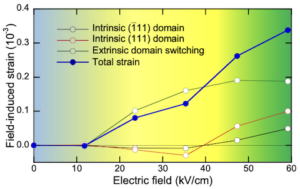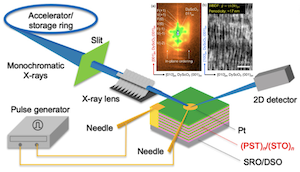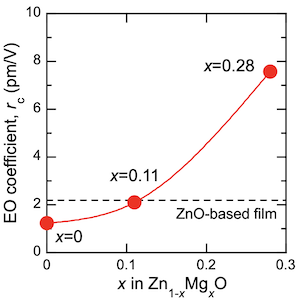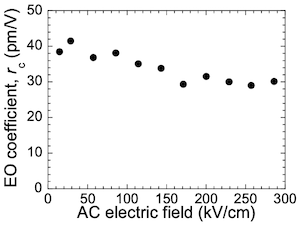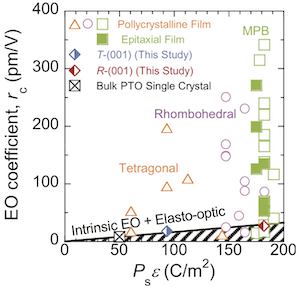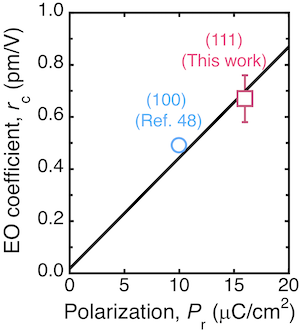Our collaborative paper with Kyoto University entitled “Ferroelectric Freestanding Hafnia Membranes with Metastable Rhombohedral Structure down to 1-nm-thick” has been published in Nat. Commun. We fabricated stable 1-nm-thick hafnia membranes exhibiting the metastable rhombohedral structure and out-of-plane ferroelectric polarizations as large as 13 μC/cm2.
Citation: Nat. Commun. 15, 1055196 (2024).




